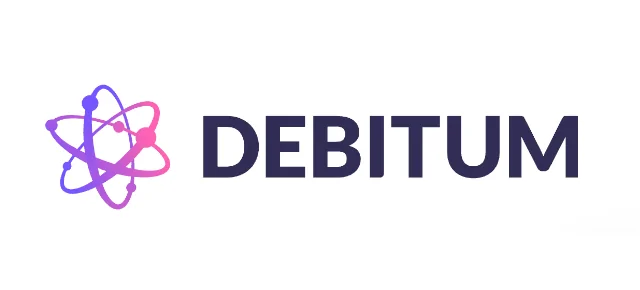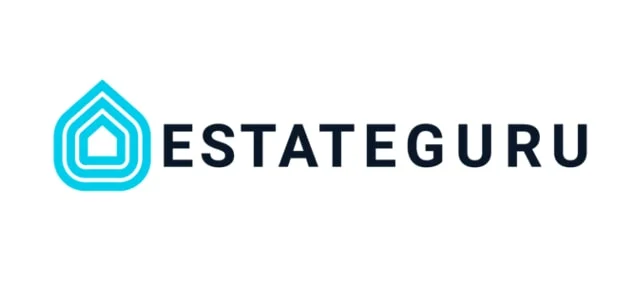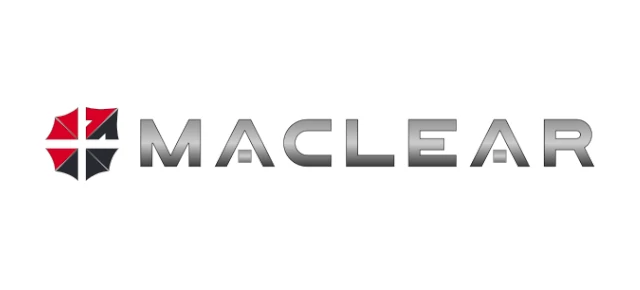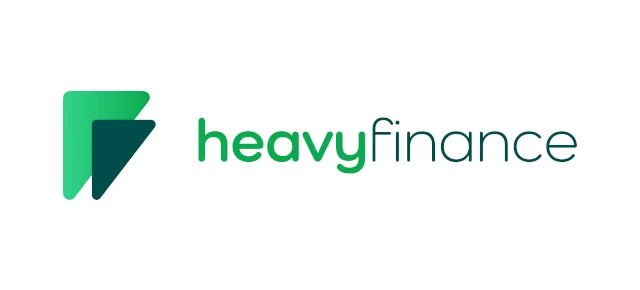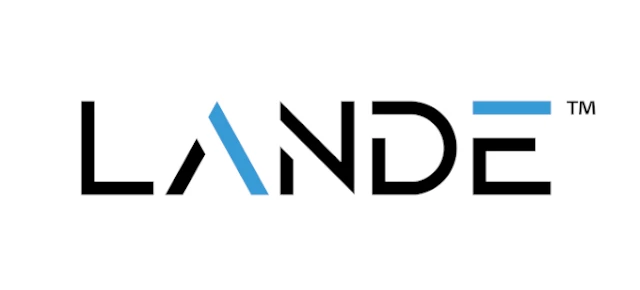6 Best P2B Lending Platforms in Europe – 2023
Are you an investor looking to diversify your portfolio? Peer-to-Business (P2B) lending is a great way to invest in businesses and help them achieve their goals. P2B lending is growing in popularity as an investment method because of its attractive returns, low fees, and potential for positive social impact.
If you are interested in P2B lending, this list of the best Peer-to-Business lending platforms in Europe is for you. We have researched the best platforms to make sure you are investing in the most reliable and trustworthy companies. With these platforms, you can start investing quickly and easily. We know you want to make the best investment decisions, so we have included information on each platform to help you make an informed decision.
Start investing today and make a difference while earning attractive returns — browse the list of the best P2B lending platforms in Europe!

Avg. return:
~14.83%
Available:
Worldwide
Launched:
2018
Minimum:
€10
Auto-invest:
Yes
Sec. market:
No
Protection:
Buyback
Bonus:
+ 1%
Or see our:
Debitum review

Avg. return:
~10.54%
Available:
Most places
Launched:
2014
Minimum:
€50
Auto-invest:
Yes
Sec. market:
Yes
Protection:
Mortgage
Bonus:
+0.5%
Or see our:
EstateGuru review

Avg. return:
~14.70%
Available:
Europe
Launched:
2023
Minimum:
€50
Auto-invest:
No
Sec. market:
No
Protection:
Multiple
Bonus:
+1.5%
Or see our:
Maclear review

Avg. return:
~12.78%
Available:
Europe
Launched:
2020
Minimum:
€10
Auto-invest:
Yes
Sec. market:
No
Protection:
Mortgage
Bonus:
No
Or see our:
Income Marketplace review

Avg. return:
~13.23%
Available:
Worldwide
Launched:
2020
Minimum:
€100
Auto-invest:
Yes
Sec. market:
Yes
Protection:
Multiple
Bonus:
No
Or see our:
HeavyFinance review

Avg. return:
~10.90%
Available:
Europe
Launched:
2019
Minimum:
€50
Auto-invest:
Yes
Sec. market:
Yes
Protection:
Assets
Bonus:
+1%
Or see our:
LANDE review
FAQ about P2B lending platforms
What is P2B lending and how does it work?
P2B (Peer-to-Business) lending is a type of alternative financing that uses digital platforms to match businesses seeking capital with investors who have the funds to provide it.
P2B lending is often used by small and medium-sized businesses (SMEs) that are unable to obtain traditional bank loans. It is a form of debt financing, in which investors provide capital to a business in exchange for a pre-agreed interest rate and repayment schedule.
The best P2B lending platforms in Europe typically have a streamlined online process for both borrowers and investors. Borrowers are able to quickly and easily submit loan applications, and investors are able to quickly assess the risk and potential return of each loan.
The platforms also offer a wide range of repayment options, including fixed-rate and variable-rate loans, and they often have features that allow investors to easily diversify their portfolios. Peer-to-Business lending platforms are a type of lending-based crowdfunding platform.
Types of P2B lending platforms
There are three main types of P2B lending platforms:
- SME lending platforms
- Agriculture lending platforms
- P2P Real estate lending platforms
Learn about each type of platform here:
1. SME lending platforms
SME lending platforms are online platforms that provide loans to small and medium-sized enterprises. These platforms offer a variety of financing options, such as term loans, lines of credit, and invoice financing. They also offer services such as risk assessment and credit scoring, to help borrowers get the most suitable loan for their needs.
SME lending platforms are becoming increasingly popular as they make it easier for small businesses to access capital quickly and conveniently.
Learn more about one of the most popular SME lending platforms in this review of Debitum.
2. Agriculture lending platforms
Agriculture crowdfunding platforms are online platforms that provide farmers with access to loans, financial services, and other resources they need to support and grow their farming operations.
These P2B platforms allow farmers to apply for loans, manage their finances, and access resources such as market information and advice on best practices. They also provide access to credit scoring and risk analysis, helping farmers find the best loans for their businesses.
Ultimately, these platforms are designed to empower farmers and help them succeed in their agricultural ventures.
Learn more about one of the most popular agriculture lending platforms in this review of Heavy Finance.
3. P2P Real estate lending platforms
P2P real estate lending platforms are online marketplace services that enable individuals to borrow and lend money secured against real estate. They are an alternative to traditional bank lending, providing borrowers with access to funding that may otherwise be unavailable.
P2P lending platforms typically offer lower interest rates than those of the banks, and the terms of the loan are determined by the lender. The platforms typically provide a variety of loan products, such as residential mortgages, commercial mortgages, development loans, and bridge loans.
Learn more about one of the most popular SME lending platforms in this review of EstateGuru.
Benefits of Peer-to-Business lending
P2B lending can provide businesses with the capital they need without having to go through the lengthy and often costly process of securing a loan from a bank. It also allows investors to earn higher returns than traditional investments, as the risk is more evenly spread amongst multiple investors.
Peer-to-business lending provides businesses with access to capital quickly, it allows them to expand their operations and pursue opportunities that might not have been possible without the funding. It is also a great choice for investors looking for higher returns than traditional investments, as they can select the loans they want to invest in and spread their risk across multiple borrowers.
Additionally, P2B lending platforms are often more cost-effective than traditional lending options, which can help businesses save money on interest and fees.
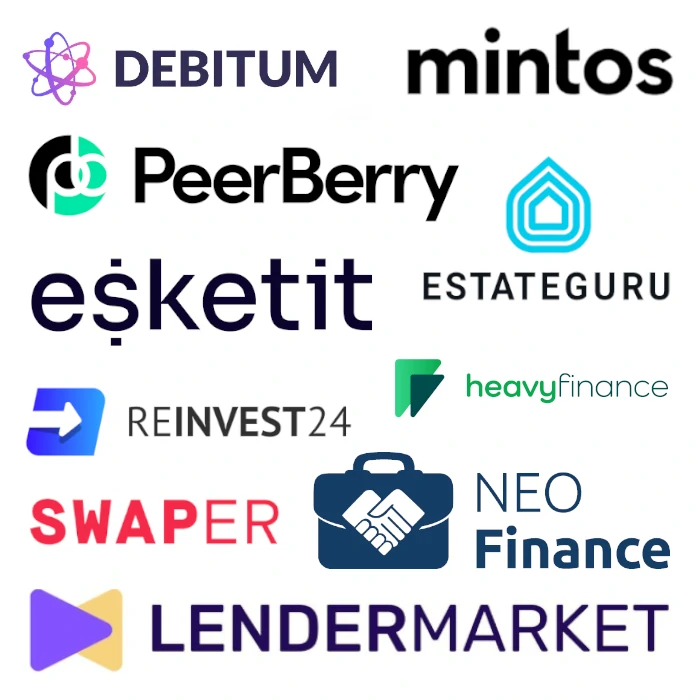
Risks of P2B lending platforms in Europe
- Default risk: Default risk is one of the most significant risks associated with peer-to-business lending. The borrower may not have the ability to repay the loan, or may simply choose not to repay the loan, resulting in a loss for the investor.
- Interest rate risk: Investing in P2B loans comes with a degree of interest rate risk. As interest rates rise, the value of the loan decreases, resulting in a lower return on investment.
- Liquidity risk: P2B loans are typically not liquid investments, meaning investors may not be able to sell or trade their loans on a secondary market. This illiquidity can make it difficult for investors to access their capital quickly or at all if the borrower defaults.
- Regulatory risk: Peer-to-business lending is a relatively new industry, and is not regulated in the same way as traditional banking. This means that investors are exposed to a higher level of risk, as the regulatory framework is not in place to protect them.
- Fraud risk: Fraud is a risk that is inherent in any type of lending, but it is especially prevalent in peer-to-business lending due to the lack of regulation and oversight. Investing in P2B loans through unregulated platforms can increase the risk of fraud and misappropriation of funds.
- Operational risk: Investing in P2B loans can also expose investors to operational risk, including the risk of the platform itself or the lender failing or becoming insolvent. This could result in a loss of capital or delayed access to funds.
- Currency risk: Investing in P2B loans may also expose investors to currency risk, as the loan may be denominated in a different currency than the investor’s own. This can result in exchange rate losses if the currency depreciates in value.
How to choose a Peer-to-Business lending platform
When choosing the best Peer-to-Business lending platform in Europe, it is important to consider the criteria that measure the reliability and safety of the platform. Look for a platform with a strong track record in the industry and good customer reviews.
Consider the platform’s fees, loan terms, repayment options, and security measures. You should also ensure that the platform is regulated by the appropriate financial authorities in the country where it operates.
You should also research the platform’s experience and its ability to handle customer queries and disputes. Trustpilot can be a great place to evaluate this.
Best P2B lending platforms in Europe
Here are some of the best P2B lending platforms in Europe:

Avg. return:
~14.83%
Available:
Worldwide
Launched:
2018
Minimum:
€10
Auto-invest:
Yes
Sec. market:
No
Protection:
Buyback
Bonus:
+ 1%
Or see our:
Debitum review

Avg. return:
~10.54%
Available:
Most places
Launched:
2014
Minimum:
€50
Auto-invest:
Yes
Sec. market:
Yes
Protection:
Mortgage
Bonus:
+0.5%
Or see our:
EstateGuru review

Avg. return:
~14.70%
Available:
Europe
Launched:
2023
Minimum:
€50
Auto-invest:
No
Sec. market:
No
Protection:
Multiple
Bonus:
+1.5%
Or see our:
Maclear review

Avg. return:
~12.78%
Available:
Europe
Launched:
2020
Minimum:
€10
Auto-invest:
Yes
Sec. market:
No
Protection:
Mortgage
Bonus:
No
Or see our:
Income Marketplace review

Avg. return:
~13.23%
Available:
Worldwide
Launched:
2020
Minimum:
€100
Auto-invest:
Yes
Sec. market:
Yes
Protection:
Multiple
Bonus:
No
Or see our:
HeavyFinance review

Avg. return:
~10.90%
Available:
Europe
Launched:
2019
Minimum:
€50
Auto-invest:
Yes
Sec. market:
Yes
Protection:
Assets
Bonus:
+1%
Or see our:
LANDE review
Tips for investing in European P2B lending platforms
Peer-to-business lending, is a growing area of investment in Europe, offering investors the chance to earn returns while helping businesses access much-needed capital. In order to maximize their investment potential and ensure their money is in the best possible hands, investors should keep the following tips in mind when considering P2B lending.
- Research platforms carefully: Before investing, it is essential to do thorough research on the platform and the different lenders within it. Look into the platform’s credentials and track record, and assess the quality of the investments made by the lenders on the platform.
- Consider fraud risk: Fraud is a real risk when investing in P2B lending. Ensure that the platform has adequate fraud prevention measures in place, such as identity verification and credit checks.
- Check the interest rates: Different lenders may offer different interest rates, so make sure to compare them before investing. Also, check if the platform offers bonuses or discounts to investors.
- Review investment terms: Before making an investment, read the platform’s terms and conditions carefully. Make sure to check for any fees or penalties associated with the investments.
- Assess the loan quality: Look into the quality of the loans being offered by the platform. Make sure that the borrowers have a good credit score and are able to make payments on time.
- Diversify your portfolio: As with any other type of investment, it is important to diversify your portfolio when investing in P2B lending. Consider investing in different types of loans, such as short-term and long-term loans, to reduce risk.
- Buy loan portfolios: Some platforms offer loan portfolios, which are collections of loans from different borrowers. Buying loan portfolios can help to spread risk and potentially increase returns.
- Invest for the long term: Investing in P2B lending can be a long-term proposition. The returns may not be immediate, but over time, the returns can add up. Invest for the long haul and be patient.
- Consider automated investing: Some platforms offer automated investing, which allows investors to set their own parameters for investing. Automated investing can help to save time and increase returns.
- Monitor your investments: It is important to monitor your investments and make necessary adjustments as needed. Check the performance of the platform and make sure that the loans are being repaid on time.

